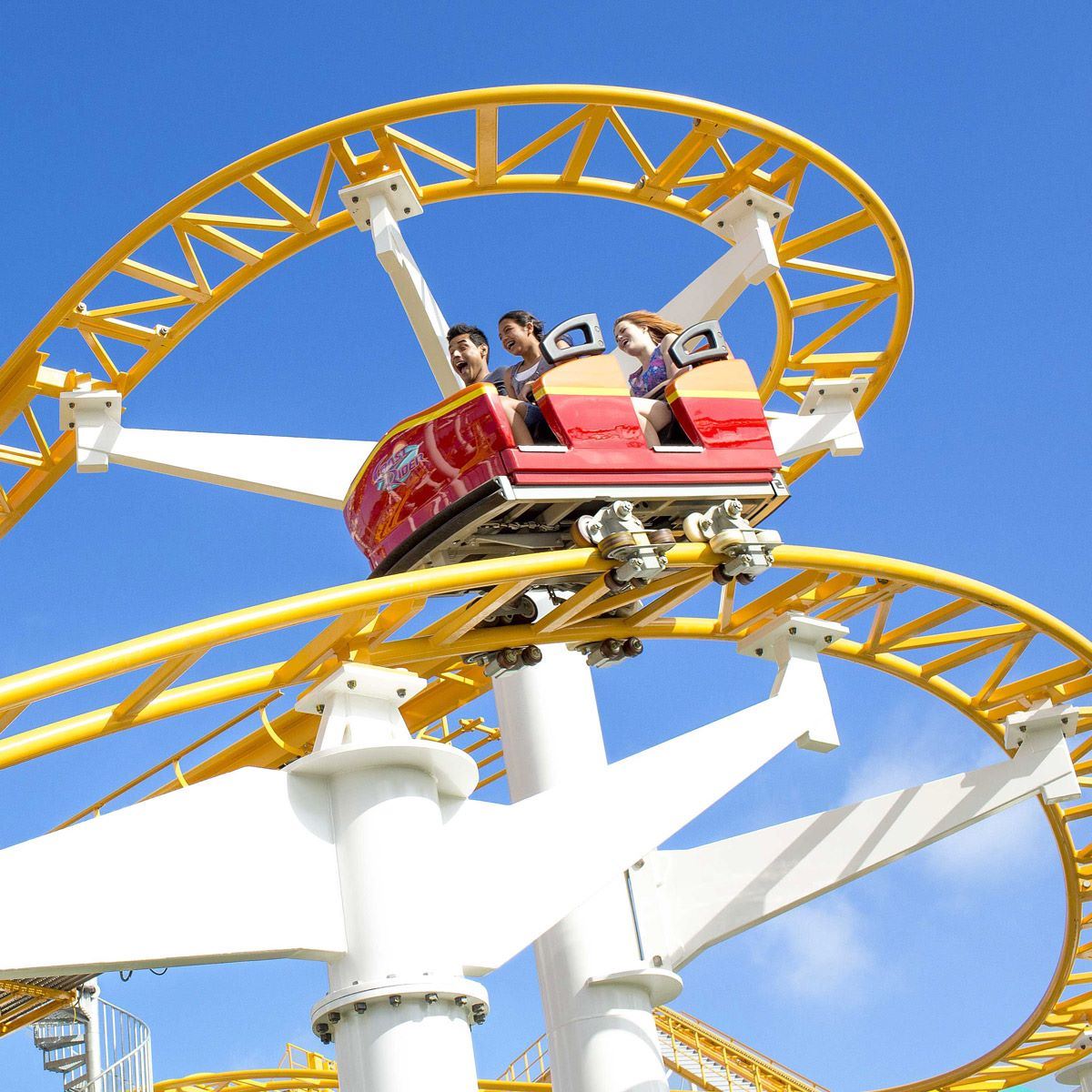

Humans are not great multitaskers, and flying an approach in bad weather already involves lots of tasks, without adding math - and math that must be accurate. altitude numbers, having to constantly refer to it by looking down at the approach plate for the number, then to the flight instruments to see if “you’re there,” and also looking out the windscreen, is not easy or, perhaps, safe. Even when provided with a table giving you distance vs. Although letting an autopilot do the flying can help, if you get behind - or, worse, err in your calculations - you can put yourself in a bad situation.

The pilot must accurately calculate while flying the airplane, looking for the runway and maintaining situational awareness. Yet doing this mental calculation accurately, which is critical this close to the ground, is not assured, as pointed out in the article itself. For IAPs that do not, the pilot would have to calculate these numbers as the airplane descends or refer to another tool if available. altitudes which, if followed, approximate the proper descent rate. The source noted that some nonprecision, straight-in IAPs provide a table showing distances vs. First, as pointed out in the article, not all airplanes have the capability to generate the guidance that many airlines require for a CDA. I disagree with the CDA-only philosophy as presented for a few reasons.

Visual reference is a complex concept beyond the scope of this article, so I’ll just say “runway in sight” for simplicity from now on. The pilot then just continues the descent, assuming sufficient visual reference has been established, to landing. Here the pilot flying conducts an IAP designed or adapted for a continuous rate of descent from the FAF/FAF altitude to arrive at the MDA and VDP at the same time. I agree it would be contrary to stabilized-approach philosophy, but I don’t agree that it is usually, or even commonly, called for.Ī better method, according to the article, is the constant-descent approach (CDA). In his words, “You’re configuring the airplane late, quite often reading checklists right down to the last moment.” Aside from all other considerations, this was deemed contrary to today’s stabilized-approach safety philosophy. The source then said that an added problem is that once you re-start the descent, you may also have to reconfigure the airplane. Second, even if prior to reaching the VDP, the pilot has sufficient visual reference to continue the approach, he must fly level until reaching the VDP (the “drive”), and then re-establish a descent. The ASW article’s source first argued that dive-and-drive IAPs inherently are prone to becoming unstabilized because of the fairly steep rate of descent - usually between 1,000 and 1,500 fpm (the “dive”), which operational experience and research consider unacceptable below 1,000 ft above ground level - required to level off at the MDA sufficiently prior to the VDP. Either he would be steeper on approach than is deemed safe, or he would touch down beyond the touchdown zone. This is not a trivial point, as a pilot very likely would run into trouble with a pilot examiner during a practical test if he flew past the VDP, and then decided to descend for landing. Aviation regulations generally specify that the pilot cannot descend below the MDA unless in a normal position to continue the approach to landing. Beyond the VDP, you’ll be too close and, hence, too steep. On many IAPs today, a vertical descent point (VDP) provides a defined point on the final approach course from which a “normal” (usually 3.0-degree glidepath) descent from the MDA to the runway touchdown point may be commenced, provided the pilot has established visual reference.īut, as importantly, the VDP is almost universally considered now to be the last point from which it is acceptable to be in your descent from the MDA to the runway. He or she then typically descends, possibly with one or more stepdown fixes, to arrive at the minimum descent altitude (MDA) prior to reaching the missed approach point (MAP). In dive-and-drive, the pilot flying passes the depicted final approach fix (FAF) - or, if not depicted, the point where the aircraft is established inbound on the final approach course - at a specified altitude. In an article comparing constant-angle, nonprecision, straight-in instrument approach procedures (IAPs) with “dive-and-drive” (stepdown) IAP designs (“ Continuous Descent,” ASW, 7/13), the article’s source makes a case against airline flight crews’ continued use of dive-and-drive IAPs.


 0 kommentar(er)
0 kommentar(er)
